The idea for this circuit came to my mind as a rough diagram back around October 5, 2018. I had been working on my #ColorChord - A Steampunk inspired creation project and sat back thinking about the relationship between the led bar and the CdS cells. Then began thinking about the logic combinations possible and thought that perhaps a diode ( led ) / resistor ( ldr ) would provide the way to a inverting logic gate. In a flash the circuit was in my mind and a quick test set up proved it would work. The rest might be history......
May 31, 2019 - I now have worked out the circuits for eight individual gates. AND, NAND, Buffer, NOT, OR, NOR, XOR and XNOR. All gates use a single Light Logic element.
 Dr. Cockroach
Dr. Cockroach
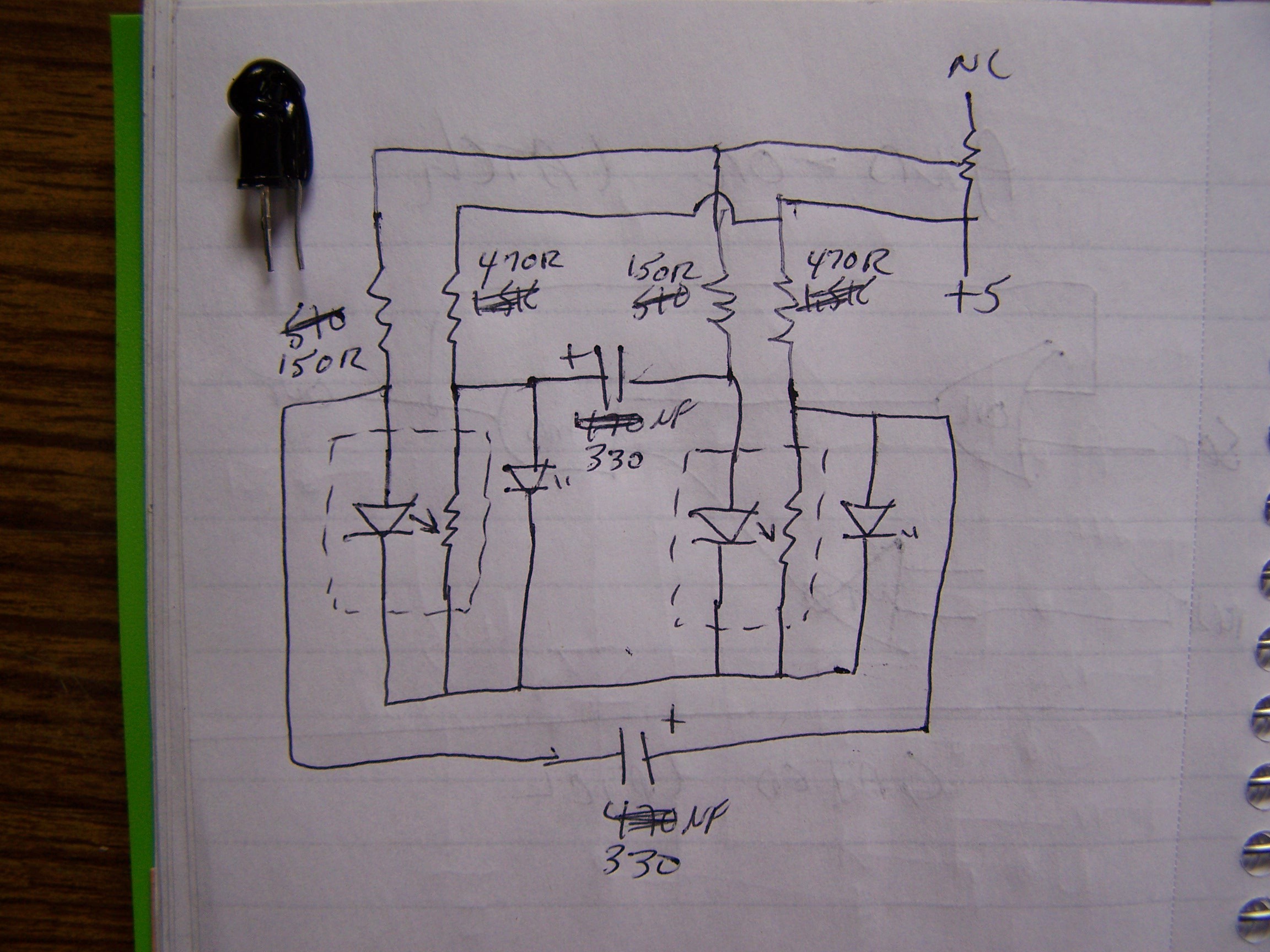
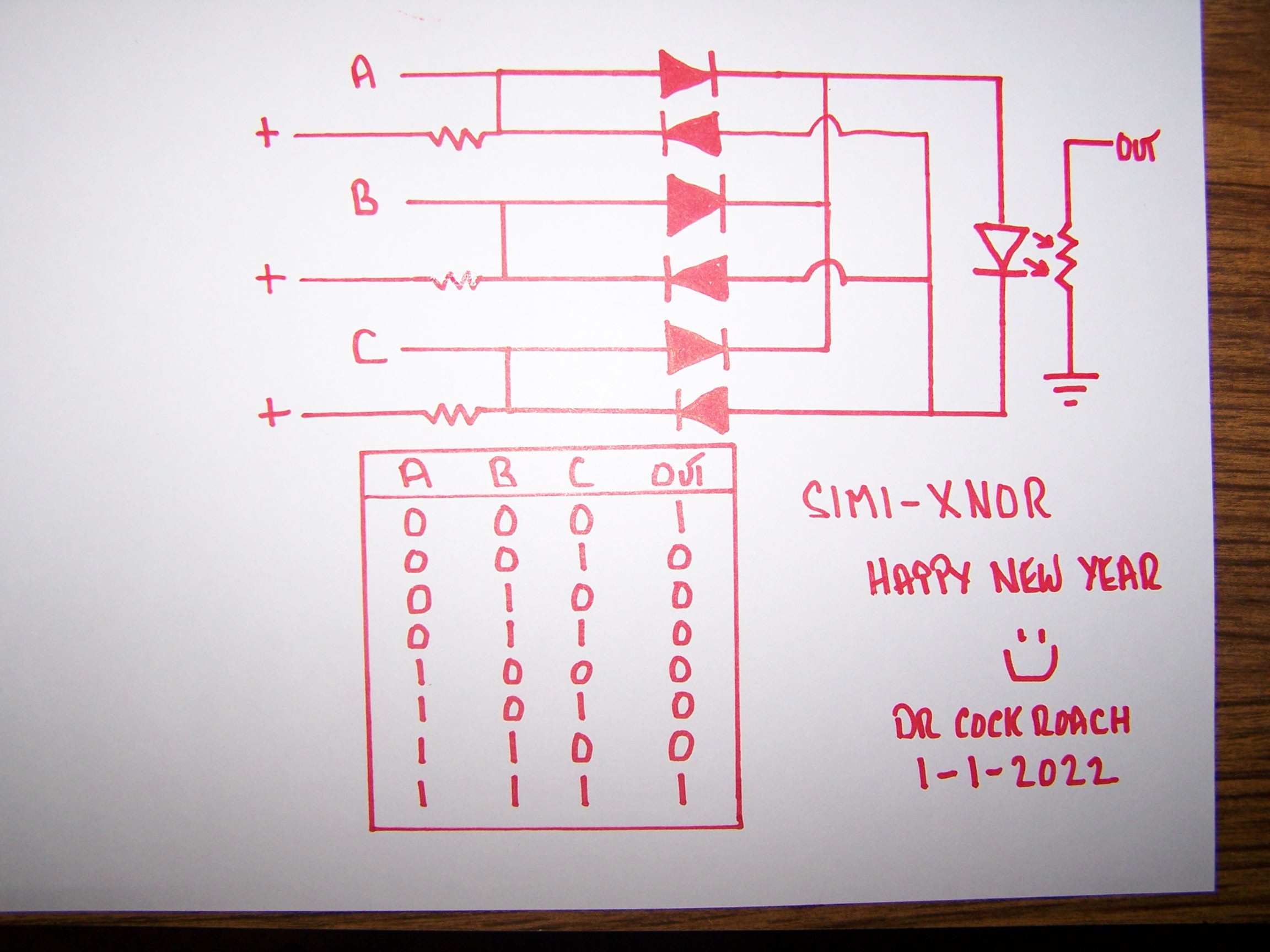




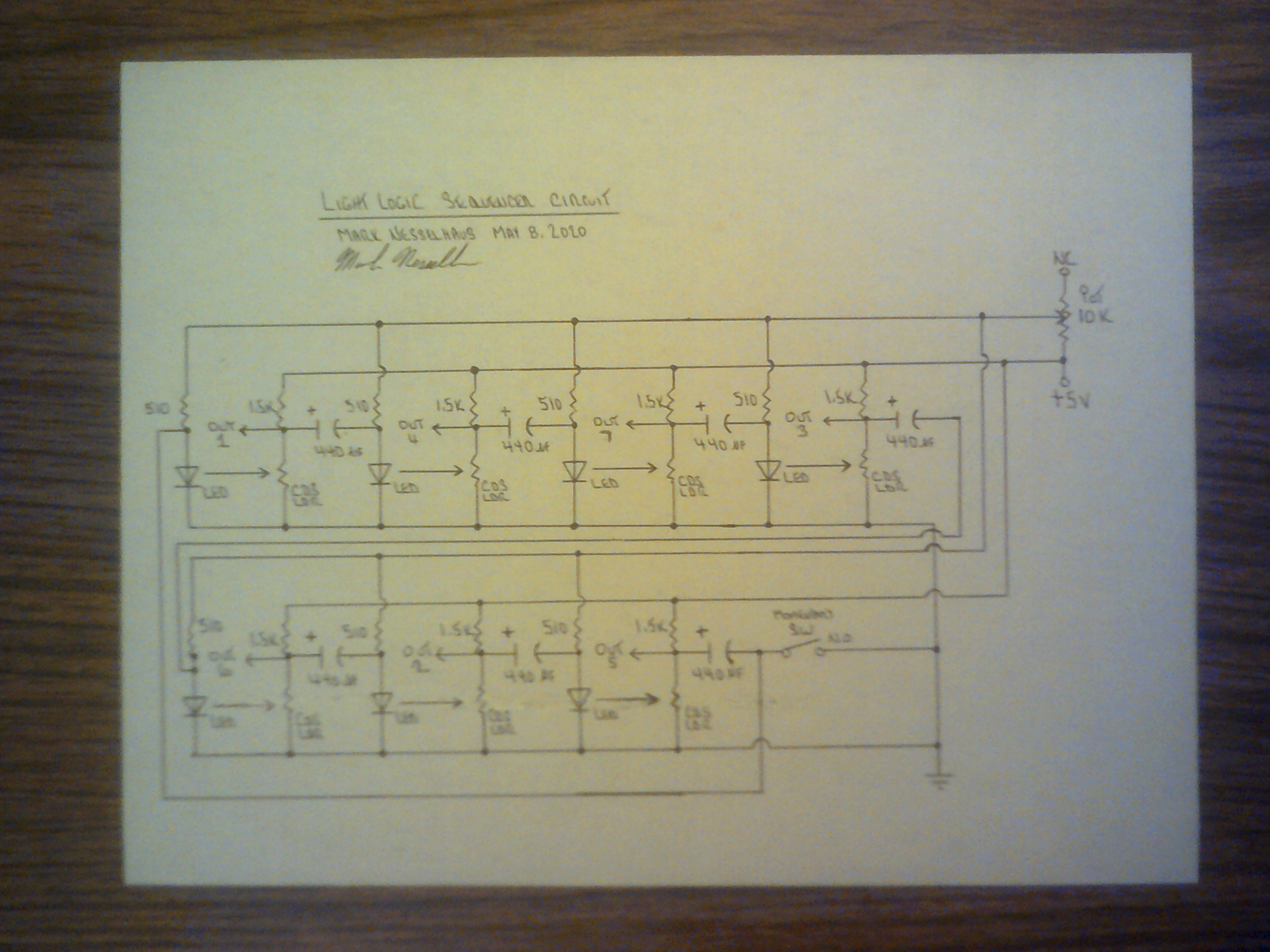











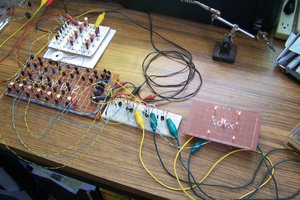
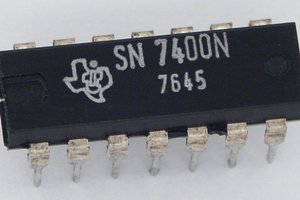
 Yann Guidon / YGDES
Yann Guidon / YGDES

2 LED's on one LDR and you have a NOR gate. Two inverters on the input and you have a and gate.